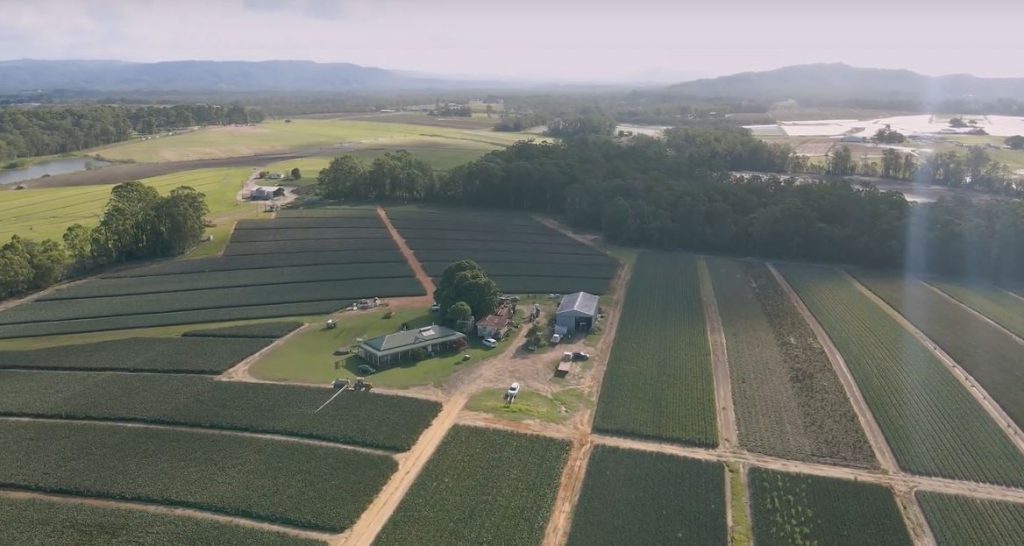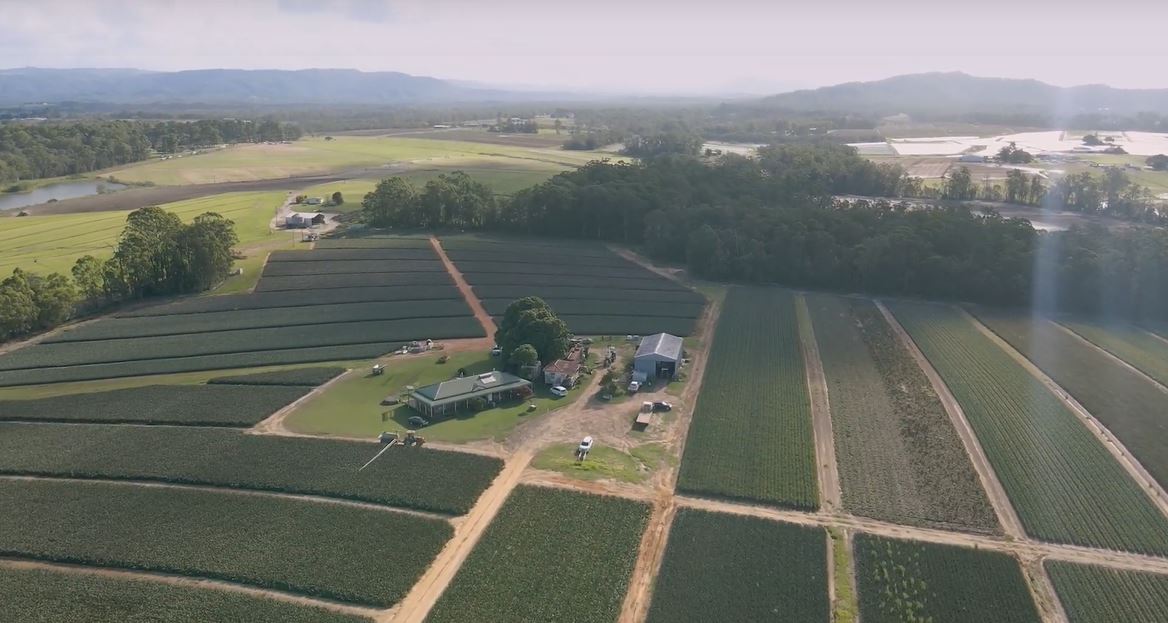Plan unveiled for growing Queensland’s horticulture industry over next decade
The peak industry body for Queensland horticulture, Growcom Australia, has unveiled a 10-year roadmap for the Queensland fresh produce sector with the launch of its strategic plan: Future Fields.
Growcom acting chief executive officer Richard Shannon stressed that the sector not only feeds a large part of the nation but, through direct on-farm employment, puts food on the table for up to 25,000 Queensland workers and their families. Horticulture is the state’s second-biggest agriculture sector, behind beef, and the gross value of production is $3 billion, with around 3,500 businesses engaged in the sector. With more than 100 types of fruit, vegetables, and nuts grown across the state, it supplies one-third of Australia’s fruit and one-fifth of its vegetables, and in addition, AUS$879 million worth of fresh produce exports come from Queensland.
Future Fields sets out an ambitious vision for where the Queensland fresh produce sector and supply chain wants to be at the end of the 2032-33 financial year. Following an extensive grassroots engagement and consultation process, four fields of focus were chosen: Innovate to Access, Working Smarter, Bio Strong, and Coordinated Compliance.
The first involves reaching new markets through innovation in food processing, packaging, and logistics. The report points out that there is enormous potential to unlock greater returns by engaging in consumer-led innovation, leading to new products, markets, and value chains. It added that the industry needs to be more broadly focused as a fresh produce supply chain and be more of an integral part of the wider food industry. An emerging opportunity is making greater use of the whole crop to unlock value from the many parts of plants that are not edible. Not only will consumers benefit from their tastes being better met, but the more markets and value chains there are for fresh produce, the better grower returns will be overall.
“We are the lifeblood of many rural communities, creating over $3 billion in value at the farm gate last year,” said Shannon.
“Recently, COVID-19 has raised challenges and caused significant disruption to our sector, as have natural disasters and pest and disease incursions of national significance. We can expect these types of disruptions to continue, but they will also bring with them new opportunities.”




